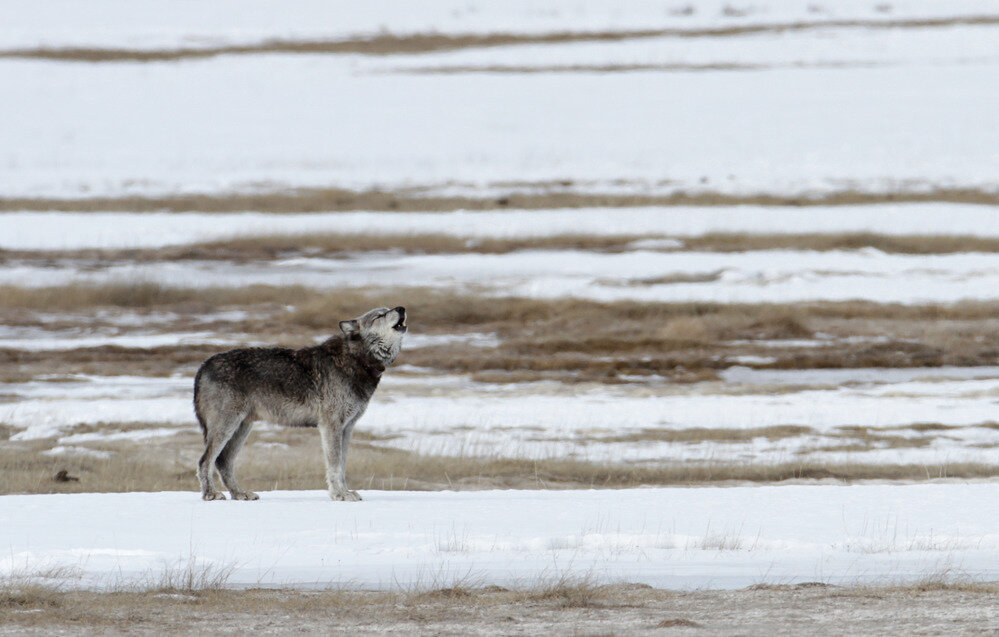
Gray Wolves
Wolves and humans have an complicated history.
Once common throughout the entire Northern Hemisphere, wolves were hunted and trapped to near extinction in the Lower 48 by the 1930s. Now, wolves have recolonized parts of their historic habitat and play a key role in maintaining healthy ecosystems.
Conflict Prevention Basics
Keeping livestock safe keeps wolves moving and looking for natural prey.
Looking for more on preventing conflicts with wolves?
-
Conflict Prevention Tools
We use tools like scare devices, livestock guardian dogs, and fencing solutions like fladry to keep wolves away from livestock and prevent conflicts.
-
Research and Guides
We’ve put together a guide of best practices, compiled a literature reference, and more to share our knowledge on applying conflict prevention methods and tools for wolves.
-
Brochure: Conflict and Loss Prevention for Agricultural Producers
We put together this brochure to showcase how People and Carnivores can assist agricultural producers in keeping livestock and property safe, and large carnivores wild.


